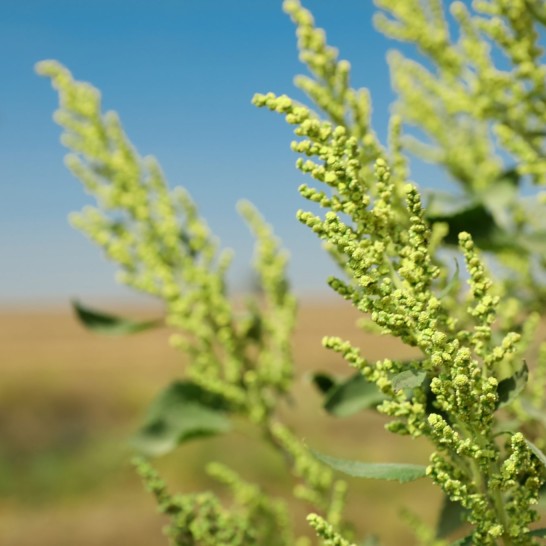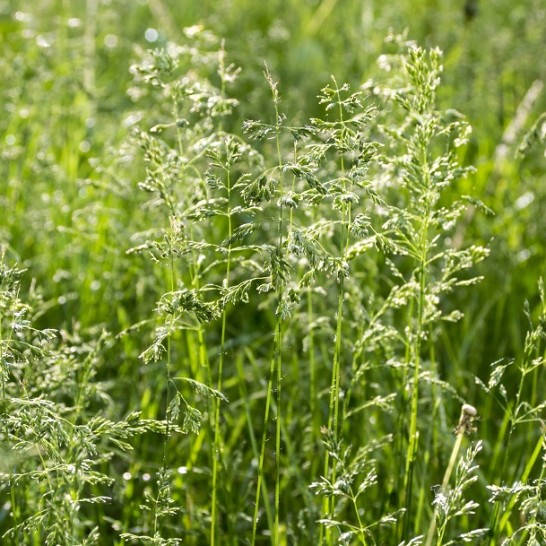Ragweed pollen will be the key allergy causing source this season’s fall in the U.S. which would make more the season tougher for people with fall allergies.
The Allergy Foundation of America (AAFA), a not-for-profit organization, warns that this season’s fall will be comparatively more difficult for people with allergies; ragweed pollen and mold will be the key allergy causing sources.
The global weather is likely to increase ragweed growth. Tornadoes and fall storms will disperse outdoor mold and allergens in the atmosphere, according to a report by AAFA.
The AAFA also created a list of challenging U.S. cities to live in for people with fall allergies. The list has been created on the basis of the usage of over-the-counter and prescription allergy medication, pollen levels and the number of Board Certified allergists present in each city.
The growing carbon dioxide levels and temperatures could boost the ragweed season by about a month or more, according to recent studies. The warmer weather now lasts for longer periods in the northern states of U.S. due to climatic changes.
Pollen from weeds is more problematic during fall compared to spring.
Though the season now commences later than its normal time, there is a fear of increased pollen distribution, which can trigger the allergy symptoms. These estimations are made on the basis of the forecast about the above-average tornadoes expected in the Midwest and the hurricane season predicted in the East.
Outdoor mold grow and spread more because of the wind patterns and the fall weather.
The allergic reactions to pollen and outdoor mold are often mistaken to be flu or cold, particularly during this season, which sometimes leads to delayed treatment.
Approximately 40 million Americans suffering from seasonal allergies are advised by the AAFA to learn more and seek advice from specialists for proper diagnosis and treatment of seasonal allergy symptoms.
###
By Nupur Jha
September 19, 2013
scienceworldreport.com
You may also be interested in . . .
Tree Pollen and Pollen Counts Explained
March is here, and so is Spring! Spring has officially started which brings longer days, refreshing rain showers, bright colorful flowers, and of…
Ragweed and Fall Pollen Allergies
Back to school season is here! Shorter days, crisp, cool evenings, and beautiful fall foliage are on the horizon. This time also marks the onset of weed…
Grass Pollen Allergy: Making the Most of Summer
Summer is finally here! Longer days, days spent by the beach or the pool, and late nights catching fireflies are on the horizon. Allergies are usually…



